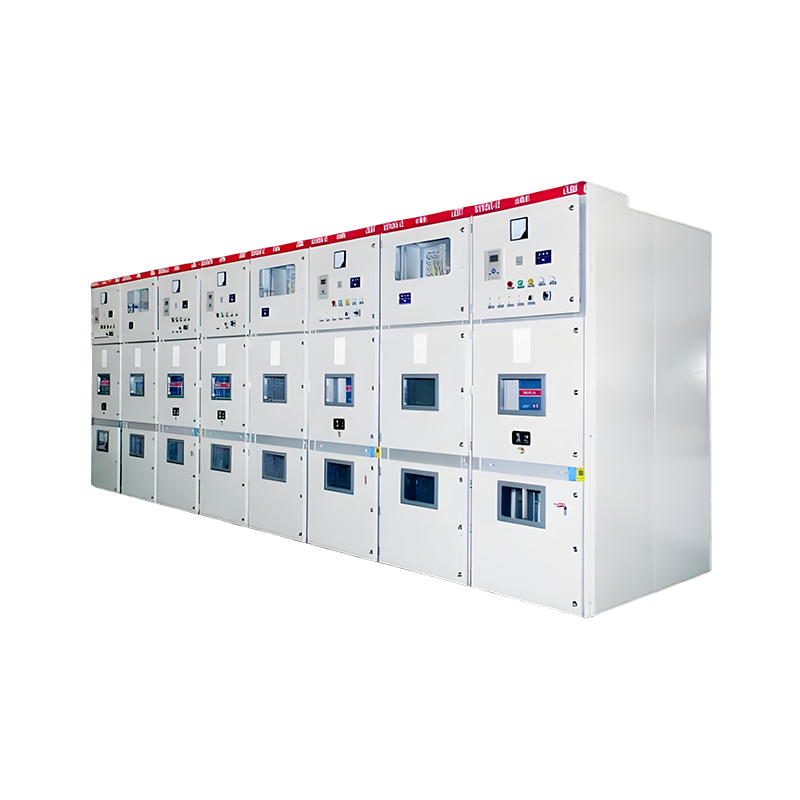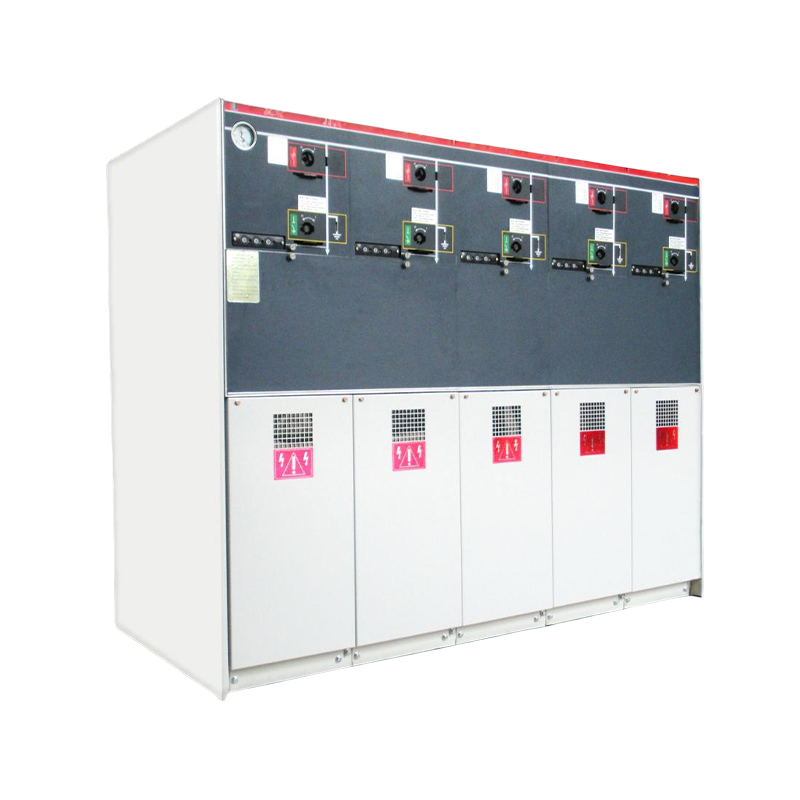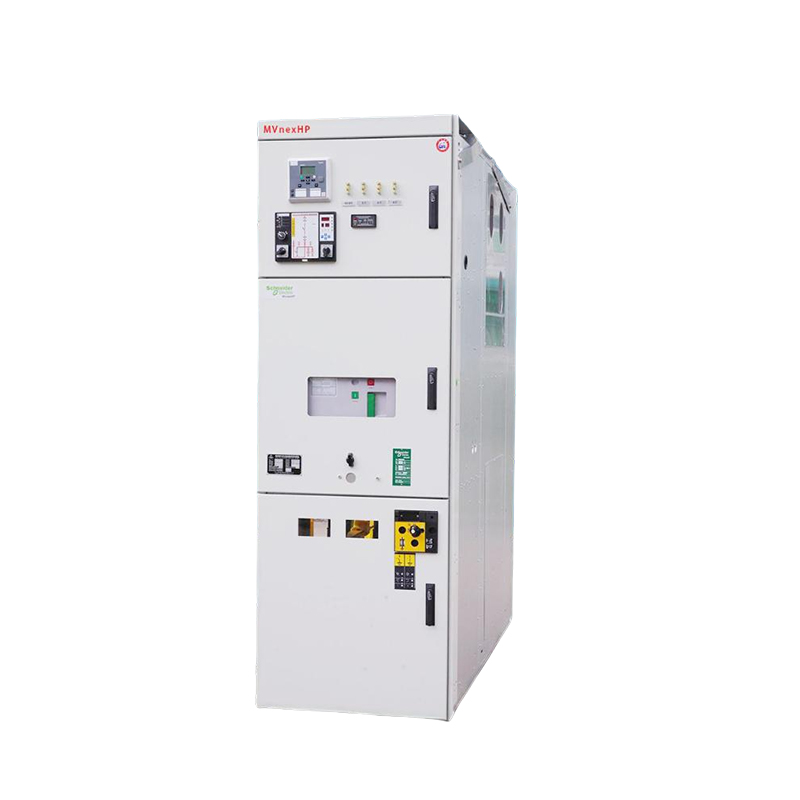How do photovoltaic box-type substations achieve seamless integration with smart grids?
Release Time : 2025-10-02
As the proportion of photovoltaic power generation in the energy mix continues to increase, efficiently, stably, and intelligently connecting distributed photovoltaic power to the main grid has become a key challenge for renewable energy grid integration. As the core hub connecting photovoltaic power plants and the power grid, photovoltaic box-type substations are evolving from traditional "distribution nodes" to "intelligent interfaces." They not only perform voltage conversion and power distribution but also, through the integration of advanced communication and control technologies, achieve seamless integration with smart grids, providing solid support for the efficient utilization of clean energy.
1. Highly Integrated Physical Platform: The Foundation of Intelligent Connectivity
The photovoltaic box-type substation utilizes an integrated, prefabricated design, integrating high-voltage switchgear, distribution transformers, low-voltage switchgear, and protection and monitoring units into a compact enclosure. It is suitable for 12kV photovoltaic grid-connected systems. This integrated structure not only significantly reduces floor space and on-site installation and commissioning time, but also provides a unified hardware platform for implementing intelligent functions. All electrical equipment is factory-assembled and tested to ensure system reliability. This also provides standardized interfaces for wiring communication cables and data acquisition modules, laying the foundation for subsequent digital upgrades.
2. Intelligent Monitoring and Data Acquisition: Achieving Transparent Operation
Seamless integration with the smart grid requires real-time information perception and sharing. Modern photovoltaic box-type substations are equipped with comprehensive SCADA systems, using high-precision sensors to collect real-time information on key operating parameters such as voltage, current, power, power quality, and equipment temperature. This data is processed by local controllers and uploaded to the grid dispatch center or cloud management platform via communication modules. Operations and maintenance personnel can remotely monitor the substation's operating status and promptly identify anomalies, enabling unmanned, remote operation and maintenance. Furthermore, the grid dispatch system can monitor the photovoltaic power station's power output in real time, providing accurate data support for load forecasting and power balancing.
3. Standardized Communication Protocols: Opening up information exchange channels
Interoperability with the smart grid requires a unified communication language. Photovoltaic box-type substations generally support international communication protocols such as IEC 61850, Modbus, and DNP3, ensuring data interoperability with grid equipment, dispatch systems, and energy management systems from different manufacturers. Through optical fiber or wireless communication networks, substations can upload operating data, fault information, and protection action records in real time, while simultaneously receiving dispatch commands from the grid, such as power regulation, remote tripping and closing, and voltage control, achieving true "two-way interaction."
4. Advanced Functional Integration: Supporting Active Grid Regulation
Modern photovoltaic box-type substations are no longer merely passive "energy channels" but rather "intelligent nodes" with active regulation capabilities. They can integrate reactive power compensation devices to dynamically adjust power factor and improve power quality. They are equipped with active power control systems to respond to grid dispatch commands, enabling power-limited operation or smooth output to avoid impacts on the grid. Some high-end products also support anti-islanding protection and low-voltage ride-through (LVRT), enabling rapid response to grid faults and ensuring system stability.
The photovoltaic box-type substation, through its integrated design, intelligent monitoring, standardized communications, and advanced control capabilities, seamlessly integrates with the smart grid. It serves not only as a physical vehicle for electrical energy conversion but also as an intelligent hub for information exchange. Driven by the "dual carbon" goals, this efficient, reliable, and intelligent substation solution will continue to promote the large-scale and intelligent development of photovoltaic power generation, providing critical support for building a safe, green, and efficient modern energy system.
1. Highly Integrated Physical Platform: The Foundation of Intelligent Connectivity
The photovoltaic box-type substation utilizes an integrated, prefabricated design, integrating high-voltage switchgear, distribution transformers, low-voltage switchgear, and protection and monitoring units into a compact enclosure. It is suitable for 12kV photovoltaic grid-connected systems. This integrated structure not only significantly reduces floor space and on-site installation and commissioning time, but also provides a unified hardware platform for implementing intelligent functions. All electrical equipment is factory-assembled and tested to ensure system reliability. This also provides standardized interfaces for wiring communication cables and data acquisition modules, laying the foundation for subsequent digital upgrades.
2. Intelligent Monitoring and Data Acquisition: Achieving Transparent Operation
Seamless integration with the smart grid requires real-time information perception and sharing. Modern photovoltaic box-type substations are equipped with comprehensive SCADA systems, using high-precision sensors to collect real-time information on key operating parameters such as voltage, current, power, power quality, and equipment temperature. This data is processed by local controllers and uploaded to the grid dispatch center or cloud management platform via communication modules. Operations and maintenance personnel can remotely monitor the substation's operating status and promptly identify anomalies, enabling unmanned, remote operation and maintenance. Furthermore, the grid dispatch system can monitor the photovoltaic power station's power output in real time, providing accurate data support for load forecasting and power balancing.
3. Standardized Communication Protocols: Opening up information exchange channels
Interoperability with the smart grid requires a unified communication language. Photovoltaic box-type substations generally support international communication protocols such as IEC 61850, Modbus, and DNP3, ensuring data interoperability with grid equipment, dispatch systems, and energy management systems from different manufacturers. Through optical fiber or wireless communication networks, substations can upload operating data, fault information, and protection action records in real time, while simultaneously receiving dispatch commands from the grid, such as power regulation, remote tripping and closing, and voltage control, achieving true "two-way interaction."
4. Advanced Functional Integration: Supporting Active Grid Regulation
Modern photovoltaic box-type substations are no longer merely passive "energy channels" but rather "intelligent nodes" with active regulation capabilities. They can integrate reactive power compensation devices to dynamically adjust power factor and improve power quality. They are equipped with active power control systems to respond to grid dispatch commands, enabling power-limited operation or smooth output to avoid impacts on the grid. Some high-end products also support anti-islanding protection and low-voltage ride-through (LVRT), enabling rapid response to grid faults and ensuring system stability.
The photovoltaic box-type substation, through its integrated design, intelligent monitoring, standardized communications, and advanced control capabilities, seamlessly integrates with the smart grid. It serves not only as a physical vehicle for electrical energy conversion but also as an intelligent hub for information exchange. Driven by the "dual carbon" goals, this efficient, reliable, and intelligent substation solution will continue to promote the large-scale and intelligent development of photovoltaic power generation, providing critical support for building a safe, green, and efficient modern energy system.







